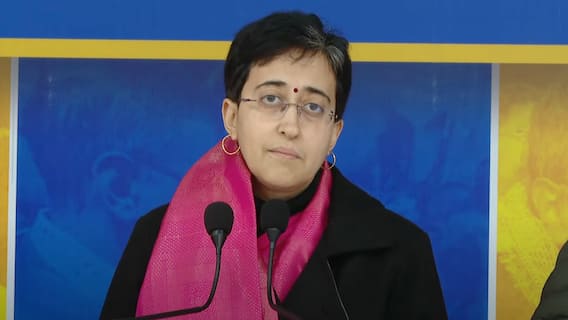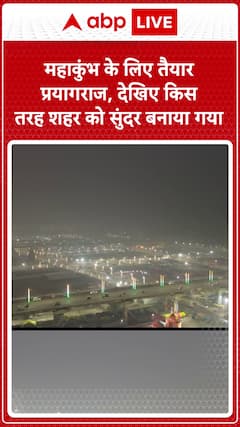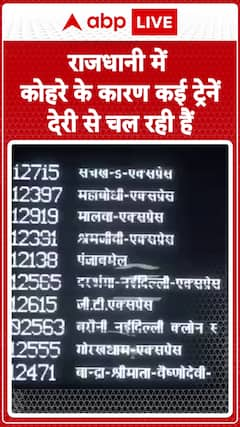Explorer
Advertisement
Found: Planet with 3 suns

July 8: Astronomers have announced the discovery of a planet locked in a triple-star system where they say an observer would experience either constant daylight or triple sunsets and sunrises each day, depending on its orbital features.
The planet orbits a star named HD131399A, which is part of a three-star system located in the direction of the constellation Centaurus, about 320 light years from the solar system.
The findings, published in the US journal Science today, suggest the planet has a mass four times that of Jupiter and a temperature of about 580°C.
It's a surprising discovery because planetary orbits around a triple-star system are predicted to be unstable owing to the changing gravitational tugs of the three stars. Such planets are thought likely to be ejected quickly after they have formed.
"We have directly imaged the planet through its thermal emissions - this is somewhat similar to seeing people through their infrared emissions," Kevin Wagner, an astronomer at the University of Arizona and team member, told The Telegraph over the phone.
Over the past two decades, scientists have catalogued over 3,400 planets orbiting stars other than the Sun, but almost all have been detected indirectly through subtle changes in the light emissions from their parent stars as they move in front of them.
Wagner and his colleagues from France and Germany used the European Southern Observatory's Very Large Telescope in the Atacama desert in northern Chile to discover the new planet, HD131399Ab. It orbits star A and is gravitationally locked with two other stars, B and C.
The observations suggest the triple star system and its planet are about 16 million years old.
"This is a very young planet, about 0.3 per cent of the age of the Earth," Wagner said.
The astronomers observed HD131399A, a star known since 1897, on June 12 last year and spotted what appeared a "point source" very close to it. It seemed to share a common motion with the star, indicative of a planet.
The observations also revealed a pair of stars - B and C - close to A, making it a triple-star system. They suggested that the planet's distance from star A was about 80 times the Earth-Sun distance, while B and C were about 300 times the Earth-Sun distance away.
"If this planet was farther away from its star, it would be kicked out of the system," Daniel Apai, professor and astrophysicist and a co-author of the paper, said in a media release issued by the European Southern Observatory.
"Our computer simulations have shown that this type of orbit can be stable, but if you change things around just a little bit, it can become unstable quickly."
Astronomers still don't know how the planet was locked into its current orbit. It may have formed relatively close to star A and was ejected into its current wide orbit, or it may have formed around B and C and slipped into its current orbit around A.
"It is possible the planet is no longer orbiting the star around which it formed," the astronomers wrote.
Follow Breaking News on ABP Live for more latest stories and trending topics. Watch breaking news and top headlines online on ABP News LIVE TV
View More
Advertisement
Trending News
Advertisement
Advertisement
Top Headlines
India
World
Business
Election 2024
Advertisement








































